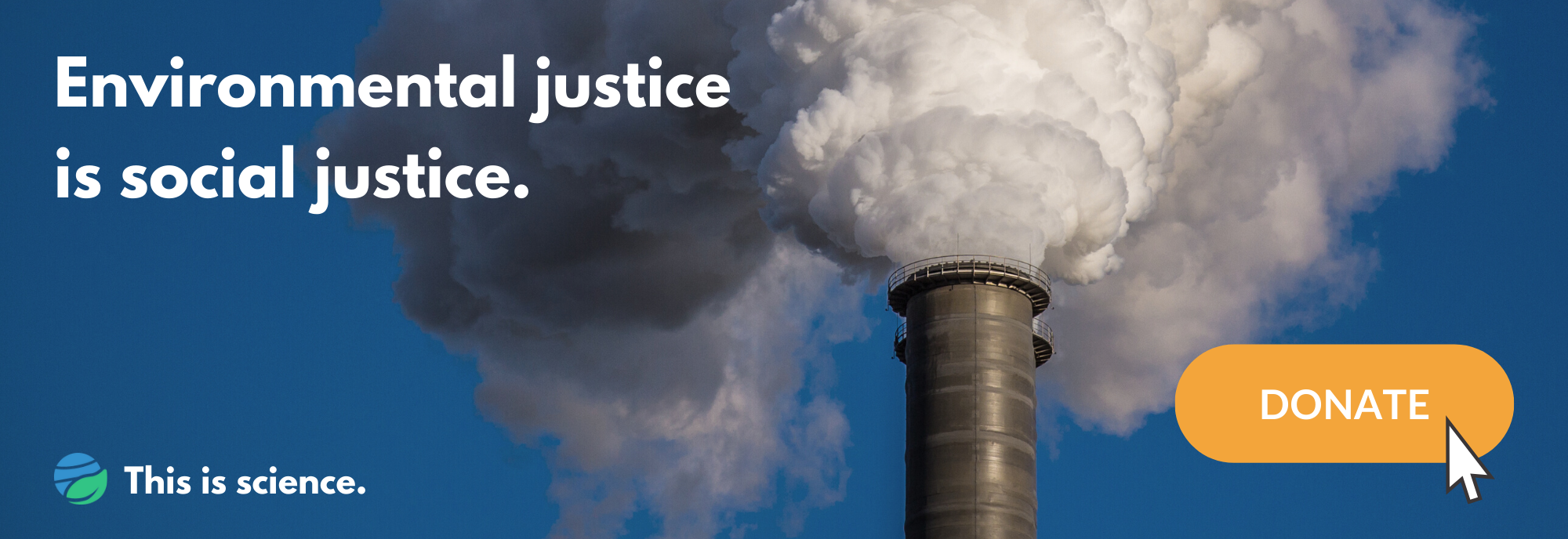Editor’s note: This is part three of a four-part series in which our special correspondent Terry Collins, Ph.D., examines what qualities of leadership are essential for ensuring that the EU’s Chemicals Strategy for Sustainability inspires trust in Europeans and the world that there can be a body of chemical products and processes we can safely live with.
In part 2 of this series, I began outlining what traits the European Union should avoid in its leadership as it actualizes its Chemicals Strategy for Sustainability.
The EU must beware of the lukewarm, ineffectual and exploitative “sustainability dispositions” in people leading the strategy because the stakes are so high. Before we get to the most dangerous dispositions, let’s unravel one of the most intimate of the impacts from toxic chemicals — effects on our reproduction.
Falling fertility
As Dr. Shanna Swan and Stacey Colino make apparent in their marvelous book, “Count Down,” endocrine-disrupting chemicals are significant causes of widespread sperm count declines. Males of reproductive age in Western societies are on track to being mostly sterile by the 2040s — that’s today’s infants! In a recently published research update by Hagai Levine, Swan and others, the broader international picture of sperm count decline is even more serious. Females are also suffering significant increases in reproductive maladies.
This is not surprising. In controlled lab experiments and at low doses, endocrine-disrupting chemicals cause reproductive tract injuries and other effects in numerous animal species and those same chemicals are typically found in our own blood and urine. This emphasizes the importance of such testing to fully understand these chemicals.
If animal testing is taken off the regulatory table over the understandable drive to protect animals from harm, EU regulators will be trying to make decisions with much weaker tools. Let’s be honest — endocrine-disrupting chemical testing on the animals would still occur if lab testing stopped, it would just be on species in the wild. Which type of testing do you think is less cruel?
"Males of reproductive age in Western societies are on track to being mostly sterile by the 2040s — that’s today’s infants!"
Highly chemicalized societies, especially those awash in workplace endocrine-disrupting chemicals such as bisphenols, phthalates, PFAS and dioxin-like substances, show plummeting fertility rates (meaning the number of live births per woman in her lifetime.) This is especially evident in highly chemicalized Asian societies. South Korea — with its sweeping endocrine-disrupting chemical infusions in the manufacturing of electronic, transportation and military goods — continues to hold the lowest national fertility rate, 0.81 in 2021. Countries need a fertility rate of 2.1 to maintain a stable population without emigration or immigration.
The reproductive effects from endocrine-disrupting chemicals alone, not even considering all the other health impacts, are so concerning that anybody in charge of actualizing the EU’s Chemicals Strategy for Sustainability must have unquestionable integrity.
This brings me back to the different types of “sustainability dispositions” of leaders in this field. Revisit part two of this series to read about the first four, but here I will focus on the fifth and sixth “sustainability dispositions” — Exploiter and Nonconsciente.
Exploiter

It is easy to detect the exploiter sustainability disposition. For example, some chemical enterprise insider careers implicitly require the exploiter disposition as an essential job qualification.
Individuals with this disposition sense opportunities that come from supporting the attempts of powerful corporations to ignore endocrine-disrupting chemicals. Indeed, considerable conventional benefits can accrue to exploiters from such support in the form of money, tribute and political support. Dying systems in the grip of misdirected leadership need exploiters to prop them up. The more advanced the morbidity, the more useful the exploiter, the higher the likely rewards.
At its core, the EU’s Chemicals Strategy for Sustainability is attempting to reassert the rights of the commons and define the rights of the future in all chemical enterprise matters. The exploiter disposition reflects shaped personalities where the possessors can be counted on to do what is best for themselves and their teams over what is best for the common and future goods.
The exploiter disposition is common. And I have come to believe that chemical professionals can feel trapped into adopting it by the cultures in which they work: they live by the “if you can’t beat them, join them” mantra. It is utterly deadly to the Chemicals Strategy for Sustainability. The EU Commission needs to be on high alert to recognize and marginalize its pernicious influence.
Nonconsciente
Individuals who hold this disposition appear to be in the dark as to endocrine-disrupting chemicals’ effects. But they have specialized knowledge so as to be capable of comprehending the perils of the chemicals. Nonconsciente bearers are not deliberately self-serving and have not made Faustian bargains that are markers of bad faith. Instead, they are directionally blind-sighted. They are paralyzed from taking a hard look into endocrine-disrupting chemical realities by concern for the economic good of the people around them and the system they inhabit. They are unlikely to consider solutions anywhere that have disturbing economic implications.
The “sustainability light of the world”
Can people change sustainability dispositions? Perhaps pointing out the very nature of the bits and pieces of our civilization-level collective failure over sustainability in the chemical enterprise and elsewhere might help make these personal changes. And perhaps it will alert young people entering the chemical enterprise that they have choices in how they embrace the challenges of sustainability.
With its Chemicals Strategy for Sustainability, the EU has become the sustainability light of the world — so I say to EU parliamentarians and Commission officers: don’t let the incompetence inherent in these sustainability dispositions I’ve laid out cheat you of success as you actualize your magnificent strategy.
In part 4, I will introduce the Engager Sustainability Disposition, which is vital to the success of the Chemicals Strategy for Sustainability.- Exposed: A scientific stalemate leaves our hormones and health at risk ›
- Exposed: Toward a BPA-free future ›
- Europe’s revolutionary BPA proposal puts more scrutiny on US regulatory inaction ›
- Endocrine disruptors in Europe: Nineteen "experts" are polluting the debate ›


























